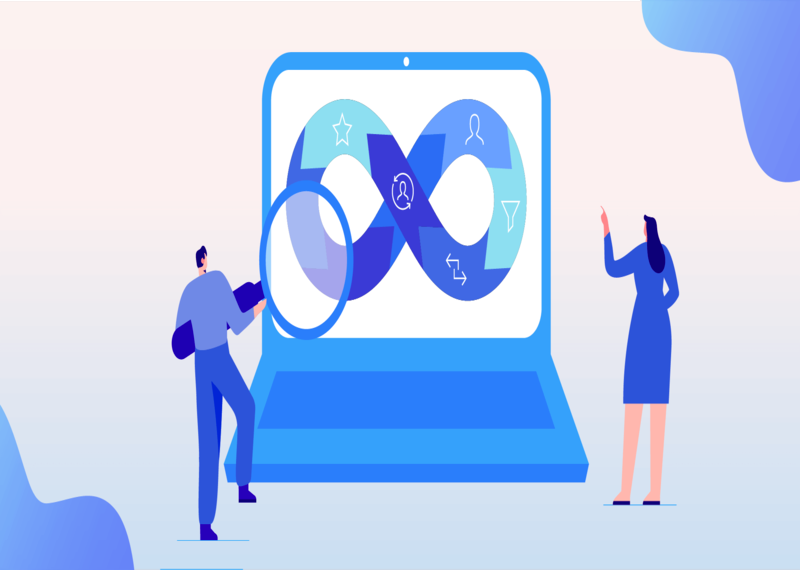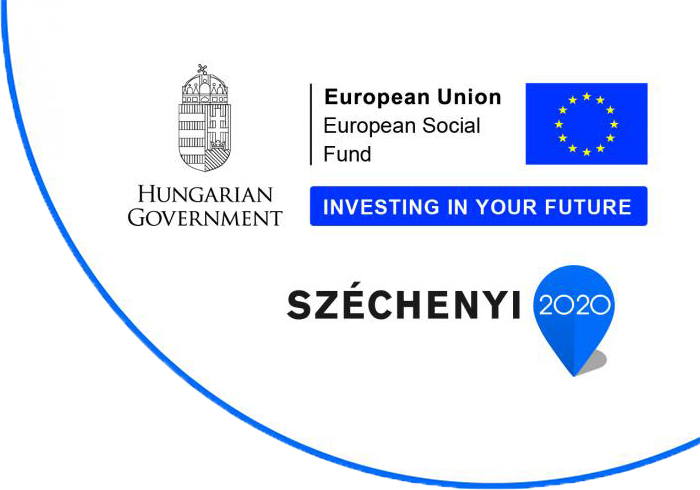Lifecycle based communications

Engaging customers is key to achieving repeat sales, and it is also well known that it is usually much easier and cheaper to get repeat business from existing customers than to get new ones from scratch. Customer Relationship Management (CRM) is a well-established process to try to achieve this, but this customer lifecycle 'relationship' starts at the first contact with the customer (when the customer is still a contact or enquirer).
We believe that the best way for a company or brand to build a relationship is through a planned, always-on marketing approach of integrated communications across multiple digital channels.
Fortunately, to enable this, we now have a range of martech options for marketing automation, allowing us to create a coordinated engagement strategy through which we can engage audiences:
- Automated email marketing such as welcome, nurture and bounce back sequences.
- Display ad retargeting, e.g. using Google Ads Display Network remarketing.
- On-site personalisation, recommending the next best product, offer or content to convert.
- Social media retargeting available on Facebook, Instagram, Twitter and LinkedIn.
- Traditional channels such as direct mail or phone contact
The renewed focus by marketers on engaging, converting and retaining prospects and customers has led to the emergence of a new phase in the digital marketing lexicon: customer lifecycle marketing, or sometimes just lifecycle marketing.
Lifecycle marketing is defined as:
Creating a managed communications or relationship strategy that prioritizes and integrates the full range of marketing communications channels and experiences to support prospects and customers on their journey to purchase, using techniques such as persuasive, personalized messaging and retargeting.
Where does the term "customer lifecycle" come from?
Originally coined by CRM provider Infusionsoft to explain their services, customer lifecycle marketing promises to help you design a marketing plan to attract customers, increase sales and deliver great experiences. It is broken down into three stages: 'attract', 'sell', 'impress'.
Identifying contacts in lifecycle email marketing
The reality is that lifecycle communications involve many touch points along the customer journey to achieve different goals with different types of emails.
It is important to 'look for the gaps'. Let's look at all the links and think about where we can use new types of communication tools or improve existing ones.
Defining the customer lifecycle strategy
Lifecycle marketing, as the name implies, is an integrated study of the entire customer journey, from first contact to customer relationship management, rather than a narrow focus on a specific campaign, channel or metric. Rather than focusing on individual campaigns, it should adopt an 'always-on' approach to marketing that looks at the entire customer journey, across all devices and channels, and optimises its messages to align with the different touchpoints along the way. Because lifecycle marketing works across platforms, it is crucial that the different teams operating the different aspects of marketing work together and all pull in the same direction when applying a lifecycle marketing strategy. To start with, everyone needs to be on the same page and understand exactly what customer lifecycle marketing is. Below are some definitions of lifecycle marketing from different departments/business types.
Email marketing:
“Lifecycle marketing integrates web marketing and email databases to generate highly personalized messages for your customers.” - Kath Pay, email marketing expert
CRM:
“Customer lifecycle is a term used to describe the process of steps a customer goes through when considering, purchasing, using and maintaining loyalty to a product or service.” - Margareth Rouse, Tech Target
Academic:
“The customer lifecycle describes the points on the continuum where: 1) You are demanding someone's attention. 2) You are bringing them into your sphere of influence. 3) Turns them into a registered and/or paying customer. 4) Retains them as a customer. 5) Makes them an advocate for the company.” - Sterne and Cutler, authors
E-commerce:
“Customer Lifecycle Marketing (CLM) is an approach to customer communication that recognizes that different stages of the journey to becoming a loyal, active customer require different marketing messages and strategies." - Ometria , e-commerce analytics software
Personalisation
Definitions vary somewhat, as different authors have attacked the problem from different angles. However, almost all point to some form of personalisation as key to effective customer lifecycle marketing. Getting this right is key, as effective personalisation has a number of benefits that can help increase sales and retention, which are ultimately the subject of any customer lifecycle marketing plan.
A key benefit of personalising messages is that it recognises customers as individuals. By marketing one way to potential customers, another way to those who have already purchased a product, and another way to long-term, high-value customers, you can make your marketing messages much more persuasive and effective. Customers will also appreciate the personal touch and you can stop driving them away by bombarding them with messages that are not relevant to them.
Another key benefit of personalising messages using a customer lifecycle model is that messages can be tailored to the point in the lifecycle that the potential customer is at. Brand marketing messages can recognise where customers are in their individual lifecycle and can therefore tailor messages much more effectively. Taking a SaaS company as an example, it is not worth asking someone who has just signed up to your mailing list to buy your ultra-premium business-level product immediately, and similarly it is probably not worth trying to steer customers interested in your high-end business product towards your free basic trial.
Email marketing
Customer lifecycle marketing applies to all areas of marketing, but it is particularly important to consider email marketing, as email offers a unique opportunity to engage with your customers at specific moments with personalised messages.
When done correctly, personalised email messages combine all kinds of data to send highly relevant and useful emails to the customer.
It's important to consider how to optimise your email messaging at certain key touchpoints in the customer journey, so it's essential to take a step back and review the customer journey as a whole.
Applying lifecycle thinking to social media marketing
Social media is one of the most powerful digital marketing channels because it can be applied across the customer lifecycle to:
- Reach: organic and paid social updates to drive awareness, including lookalike targeting.
- Action: paid social opportunities to generate leads
- Convert: Customized retargeting opportunities to increase conversions.
- Engage: customer communication through organic updates, retargeting and customer list uploads to reach known customers.
